The Asia-Pacific region, the world’s largest combined air transport market, has edged closer to lower carbon air services with significant initiatives announced in two countries, Singapore and New Zealand, reports Tony Harrington. Commencing in 2022, the Civil Aviation Authority of Singapore (CAAS) will conduct a 12-month trial of sustainable aviation fuels (SAF) at Changi International Airport with Singapore Airlines and state-owned investment company Temasek. It will also partner with Airbus on a two-year feasibility study into production, infrastructure and procedures for hydrogen-powered aircraft operations. In New Zealand, a partnership has been formed between Finnish renewable fuels company Neste and Wellington-based fuel corporation Z Energy to import sustainable aviation fuel and renewable diesel, in line with the government’s commitment to transition to a low-carbon economy. Air New Zealand and Airbus have also announced a partnership to investigate how hydrogen propulsion could be applied to the airline’s domestic operations.
Although Asia-Pacific accounts for 38% of global air journeys, it lags Europe and the US in progressing sustainable aviation. In a post-COP26 communique, the Association of Asia Pacific Airlines (AAPA), which represents 14 operators, said commercialisation of SAF was critical to reducing aviation’s emissions and government support was essential for the industry to reach net zero by 2050, which AAPA members committed to in September.
“Facilities for producing SAF are severely lacking in Asia-Pacific compared to other regions,” said AAPA’s Director General, Subhas Menon. “Taxes, onerous regulations and other penalties would only increase the cost of travel without any benefit to the environment. Conversely, government incentives and investment would contribute to the effective development of sustainable fuels and new energy sources to bolster the industry’s efforts to achieve carbon neutrality by 2050.”
In Singapore, CAAS, Singapore Airlines and Temasek have issued a Request for Proposal, through which select, unnamed producers and suppliers have been invited to develop and implement plans to provide blended SAF. The pilot programme follows a study by the Singapore government and key industry participants to examine the operational and commercial viability of SAF at Changi Airport, one of the biggest and busiest air transport hubs in the region.
CAAS Director-General Han Kok Juan said sustainability was a key priority for the aviation industry as it recovered from the pandemic and SAF a critical enabler of decarbonisation. “The pilot, which will incorporate the blending of neat SAF in local facilities, certification of blended SAF and delivery to Changi Airport, is a significant step to operationally validate SAF integration options in Singapore. It will provide insights on end-to-end cost components, potential pricing structures for cost recovery and support future policy considerations for SAF deployment,” he said. The announcement of the Singapore SAF trial coincided with the release at the COP26 summit of the SAF Policy Toolkit, developed by the World Economic Forum’s Clean Skies for Tomorrow SAF Ambassador’s Group, of which Singapore is a member (see article).
On the study with Airbus that will look at demand for and production of alternative aviation fuels, Han said recovery from Covid-19 “will not be a return to business-as-usual but an opportunity to rebuild an aviation sector that is more sustainable. It is not a question of whether, but of how, to make flying greener and developing concrete pathways to achieve that goal while ensuring that air travel is still accessible.”
Sabine Klauke, Chief Technical Officer, Airbus, added: “The decarbonisation of our industry requires a combination of approaches, hydrogen being one of them, and will need unprecedented cross-sector collaboration to create the new aviation infrastructure ecosystem. We are therefore pleased to have CAAS as a partner, as we embark on this exciting journey.”
The CAAS-Airbus partnership initially will consider the technical feasibility of an airport hydrogen hub and infrastructure to support operations by hydrogen-powered aircraft, including the production, storage and distribution of hydrogen, ground services for aircraft, logistical equipment and refuelling systems. In addition to provision of hydrogen, the study will consider how alternative fuels could be integrated into airport developments, either from the start or progressively as technology evolved.
In New Zealand, Z Energy has partnered with Neste to import sustainable fuels. Earlier this year, as part of a broader decarbonisation strategy, the government announced it was considering SAF blending mandates, a policy already being rolled out in Europe to boost demand for SAF to levels that supported commercial production. Z Energy is a major provider of fuel in New Zealand, supplying airlines, shipping, road transport and industry. It owns and operates pipelines, terminals and bulk storage infrastructure, supplies over 200 auto fuel retailers, and owns 15.4% of Refining NZ, the country’s only oil refinery. Together with Air New Zealand, Z Energy is a strong advocate of local SAF production.
Sami Jauhiainen, Neste’s VP Business Development, Renewable Aviation, said collaboration with Z Energy was designed to grow the availability of SAF and renewable diesel in New Zealand, and to support the country’s emission reduction targets. “While the market for SAF is today more mature in Europe and North America, where regulatory frameworks create a growing market, we expect the Asia-Pacific region to follow on that path sooner rather than later,” said Jauhiainen, who in January will transfer to Singapore to take up the new role of VP Asia Pacific for Neste Renewable Aviation. The company has also announced it will open an Asia-Pacific Research and Development Centre in Singapore, to undertake advanced analytical and raw material research with partners in Singapore and across the APAC region.
Virgin Australia CEO Jayne Hrdlicka has expressed confidence investors and global SAF providers would also focus on Australia, once appropriate policy settings were in place. She told the recent IATA SAF Symposium: “We need government support to ensure the seed capital that’s needed and the funding to get up to scale is there and available, along with the tax offsets needed to motivate that investment cycle. We’re doing our bit with the Australian government to find solutions to get the ball rolling.
“We see great things happening in the US, and we’re really buoyed by that because we think some of the first mover investments that have been made elsewhere in the world will also increase the odds of success in Australia. Then the costs of experimentation and innovation are a bit lower and we can partner with others to make headway more quickly that we’d otherwise be able to do. We have to do that with support from other stakeholders, including government.
“When that curve starts to move in the right direction, all those first movers are going to be looking at the opportunities that exist globally but haven’t yet been delivered. I would fully expect that we would have companies arriving here who want to leverage the technology and capabilities that they have elsewhere, knowing that they have got a ready market for the output and hungry to just take in the opportunity.”
Earlier this year, Virgin’s rival Qantas announced a partnership with BP to explore opportunities to establish a SAF industry in Australia.
“Even though we have been flying a lot less, we’ve actually seen the same proportion of customers choosing to offset their domestic travel during the pandemic – showing that this issue remains top of mind for people,” said Andrew Parker, Qantas Group Executive Government, Industry and Sustainability. “Airlines globally have a responsibility to cut emissions and combat climate change, particularly once travel demand starts to return. The Qantas Group has set some ambitious targets to be net carbon neutral by 2050, and while offsetting emissions is a big part of that in the next few years, longer term initiatives like building a SAF sector in Australia are key.”
Photo: Singapore’s Changi Airport (© Changi Airport Group)
MORE ASIA-PACIFIC NEWS →


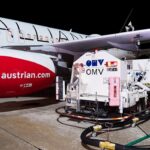
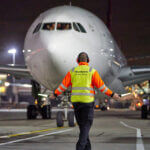
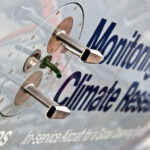

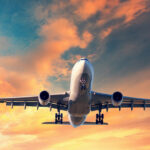
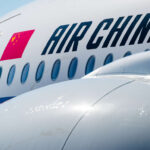
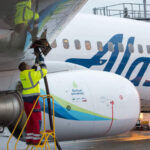
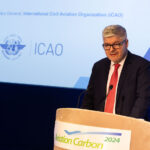
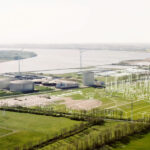
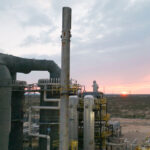
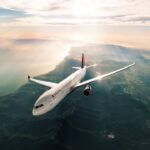
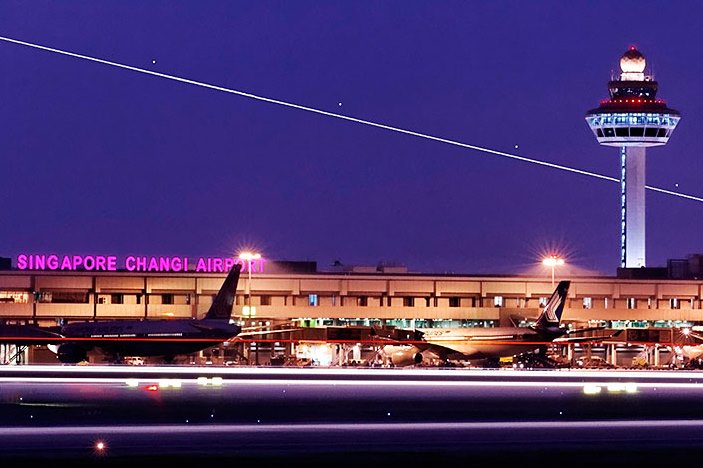
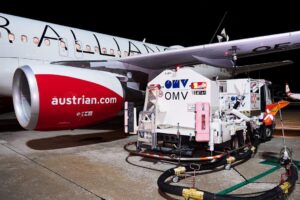
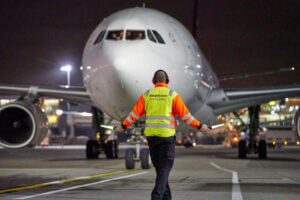
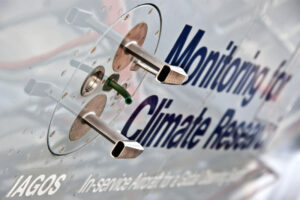


More News & Features
Progress on decarbonising the airline sector has been slow this year, says IATA chief
EASA releases status report on Europe’s SAF production and readiness to meet blending targets
Commentary: China’s fair and equitable solution to civil aviation’s climate challenge
New partnerships formed to drive e-SAF production in Nordic markets
IAG continues to go big on e-SAF as it inks 10-year offtake agreement with Infinium
US on the pathway to achieving its 2030 SAF Grand Challenge target, says DOE report